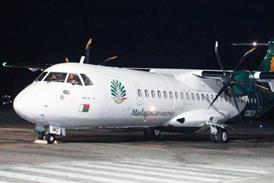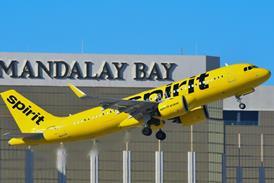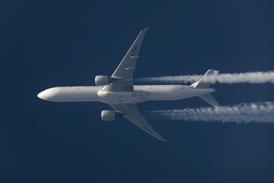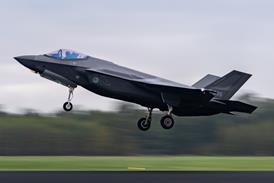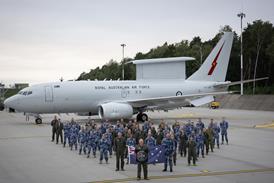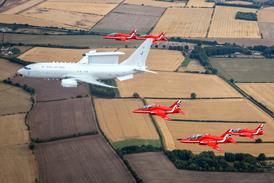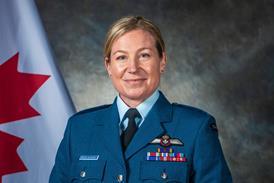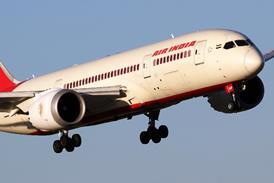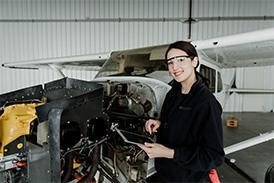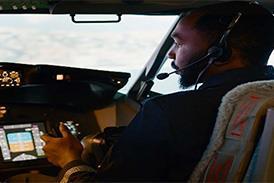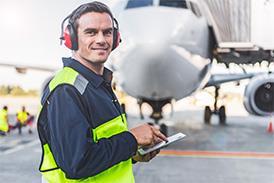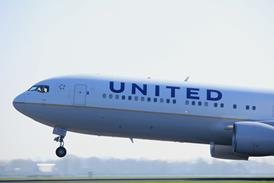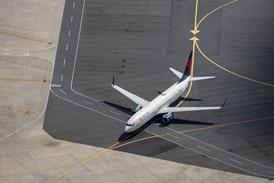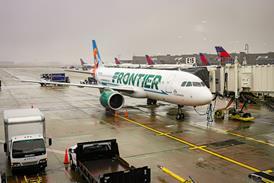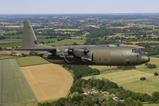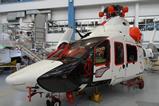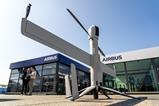Boeing is stepping up its efforts to promote the T-7A Red Hawk for a near-term requirement to equip the UK Royal Air Force (RAF) with new advanced jet trainers (AJTs) and aerobatic display aircraft.
The need to replace the RAF’s 28 BAE Systems Hawk T2s and remaining T1-model jets assigned to its Red Arrows display team is likely to be one of the UK’s highest-profile acquisitions of the next few years.
Although urgent, the AJT topic was only mentioned in passing within the Ministry of Defence’s (MoD’s) Strategic Defence Review publication in early June, where the report’s authors recommended that “Hawk T1 and Hawk T2 should be replaced with a cost‑effective fast jet trainer”.
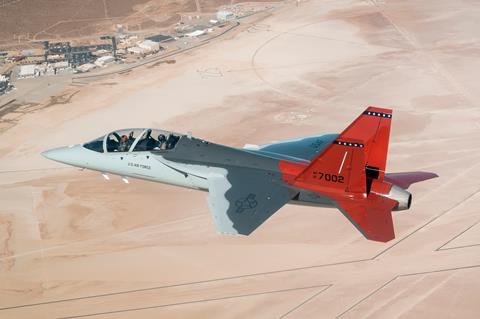
A formal competition has yet to be launched, with an expectation that this will occur around early 2026, but the MoD has already established a project team to begin preparations.
Pacing considerations include the age of the Red Arrows’ 1970s-era assets, which have previously been described as needing to leave use by 2030, and reliability issues with their Rolls-Royce-Safran Adour engines which have affected availability of the newer-generation T2 model.
Boeing’s T-7A is in the advanced stages of development and testing ahead of service entry with launch customer the US Air Force (USAF), which will field 351 examples as replacements for its obsolete Northrop T-38Cs. To date, five engineering, manufacturing and development (EMD) assets have been delivered to support test and evaluation-phase work.
“We recently started production of the first aircraft for the US Air Force, and we will deliver another EMD jet in December to San Antonio, [Texas],” says Dominic Lyons, Boeing UK business development and strategy – air.
The USAF – which selected the Boeing type as the winner of its T-X contest in September 2018 – is expected to take a delayed Milestone C production decision in 2026, clearing the way for increased annual output.
Meanwhile, in another recent programme development, Boeing demonstrated the ability for an airborne T-7A to participate in a networked training sortie involving a ground-based simulator, to a range of 130 miles (209km), exceeding the USAF’s required performance.
With regard to the UK opportunity, Lyons says Boeing is “waiting to see what that RAF requirement is. Then we will look at how well the T-7 fits.
“We look forward to more clarity when the Defence Industrial Plan comes out, to understand what the timelines are,” he adds. To potentially emerge around November, the planning outline from the MoD is also expected to indicate the required fleet size for the UK – currently estimated to be in the 40-50-unit range.
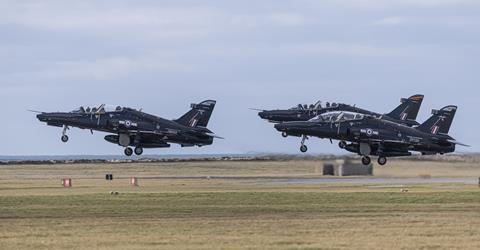
“UK content is obviously going to be key,” he says. “We already have UK content in the jet, and we are in discussions with our existing suppliers.”
Local final assembly is among potential means of enhancing UK industrial involvement, and “makes sense”, he says. Unconfirmed reports from mid-2025 suggested that BAE had been in discussion with Boeing and its T-7A industrial partner Saab around such an activity, with the airframer’s Warton site in Lancashire as a potential focus.
Lyons also cites Boeing’s approach to previous UK purchases, such as of the 737-based P-8A maritime patrol aircraft and E-7A Wedgetail airborne early warning and control platform, and AH-64 Apache attack helicopters. There, UK companies have become involved during in-country modification work, the provision of long-term support, and with increased participation in the airframer’s supply chain for global programmes.
Notably, however, the single-engined Red Hawk is powered by a GE Aerospace F404 turbofan, and its crew escape system uses ACES 5 ejection seats supplied by Collins Aerospace.
“With the platform being designed for a fifth- and sixth-generation environment, and having future flexibility, we think it’s a really good fit for the RAF and a number of other customers,” Lyons says. Boeing has projected a potential global market totalling more than 1,300 Red Hawks.
The US type is expected to face competition for the RAF requirement from the Leonardo M-346, Lockheed Martin/Korea Aerospace Industries T-50 and Turkish Aerospace Hurjet, with UK start-up Aeralis also promoting a clean-sheet modular trainer solution.
Other potential applications for a future UK fleet could include delivering adversary training and acting as a companion trainer supporting operations with its sixth-generation Tempest. The platform is being developed via the Global Combat Air Programme between the nation and joint partners Italy and Japan.


